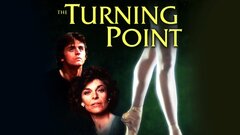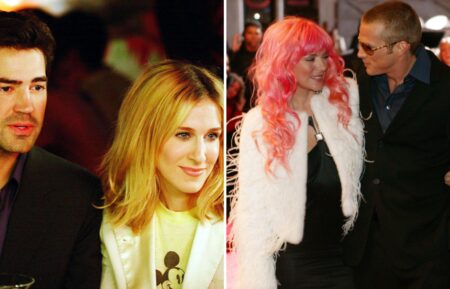Mikhail Baryshnikov was introduced to ballet at the age of 9 by his mother. The purity of his ballet technique, the virtuosity of his split leaps and cyclonic pirouettes that did not compromise it and the fullness of his ambition combined to make Baryshnikov the preeminent dancer of the late 20th century. His appearances in movies and his high-profile romances heightened his allure and turned him into the first electronic-media ballet star, his fame surpassing that of the ground-breaking Rudolph Nureyev, who had preceded him.
Baryshnikov first set foot on Russian soil as a 16-year-old member of the Latvian state ballet on tour in Leningrad. A company member took him to Alexander Pushkin, the revered teacher of the Kirov Ballet's school, who immediately asked the school's director to admit the boy. Next to his mother, Pushkin was probably the most important person in Baryshnikov's early life, providing classical training and the crucible for developing individuality, anathema of Communist politics. The kindly teacher and his wife became surrogate parents to Baryshnikov, taking him into their home as they had Nureyev before him. By the time of his Kirov debut, the company, reacting to a society-wide stiffening after the Krushchev "thaw" and shaken by Nureyev's defection, was going through a period of repression.
Its stifling repertory of 19th Century classics and socialist doggerel left the artist in Baryshnikov, champing at the bit to dance new, modern ballets, little choice but to defect, which he did while touring Canada in 1974. Baryshnikov blossomed in the West, becoming star of the American Ballet Theatre (ABT) from 1974-78, where Twyla Tharp created a series of ballets ideally suited to him, attempting to marry ballet, so outward and perfect, to the inwardness of jazz. Tharp's dances emphasized Baryshnikov as a solitary figure, allowing him nuanced, internalized moments side by side with his spectacular classical virtuosity, and influenced subsequent choreographers.
The more he became that kind of dancer--inward, alone--the more they made that kind of dance for him. He joined George Balanchine's New York City Ballet for fifteen extraordinarily creative months, learning 20-odd roles, including Balanchine's "Apollo" and "Prodigal Son," which seemed tailor-made for him. Baryshnikov had found another father figure, but Balanchine's health was already failing. When the ABT lured him back with an invitation to become artistic director, he accepted the offer with Balanchine's blessing.
Baryshnikov rebelled against the company's old stars-and-classics order just as he had the inflexibility at the Kirov, and those who accused him of trying to turn ABT into City Ballet were partly right. Television (particularly PBS) and film introduced the three-time Emmy-winner to the world beyond NYC, and though a charismatic screen presence, Baryshnikov's greatest contributions to such movies as "The Turning Point" (1977) and "White Nights" (1985) were his dancing and choreography, although he earned a Best Supporting Actor Oscar nomination for the former. He broke new ground with his Broadway debut as Gregor Samsa in "Metamorphosis" (1989), adapted from the Franz Kafka novel, earning a Tony nomination as Best Actor in a Play.
Following his tenure as artistic director at ABT (1980-89), Baryshnikov founded (with Mark Morris) the White Oak Dance Project, a modern dance company, in 1990 and still leads and dances with the troupe despite various injuries and knee surgeries. Though past his peak, Baryshnikov remains a superstar of dance, but he wears his fame loosely, moving almost unrecognized through the NYC streets. The perennial exile, forever a guest in Latvia and Russia, has found a home in his adopted country, so that melancholy gaze is just the look of a serious, contemplative artist.

















































































